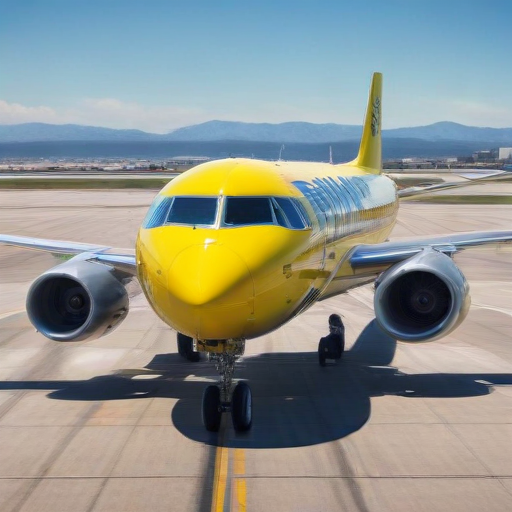Spirit Airlines announced on Monday that it has filed for Chapter 11 bankruptcy protection as part of its efforts to recover from significant financial challenges exacerbated by the COVID-19 pandemic, increased competition from larger airlines, and a failed acquisition attempt by JetBlue.
While Spirit, the largest budget airline in the U.S., has faced a staggering loss of over $2.5 billion since 2020 and is approaching significant debt payments exceeding $1 billion due in 2025 and 2026, the airline is aiming to maintain regular operations throughout the bankruptcy process. Customers can continue to book flights and utilize their frequent-flyer points, and employees and vendors will also continue to be compensated.
To support its restructuring efforts, Spirit has secured a $350 million equity investment from its bondholders and will convert $795 million of existing debt into equity for the restructured airline. Additionally, a $300 million loan has been extended by the bondholders, along with Spirit’s remaining cash, to facilitate the transition.
Despite a notable 25% drop in its share price following speculation about the bankruptcy filing, Spirit Airlines remains operational, though struggles persist with revenue. In the first half of this year, passenger numbers increased by 2% compared to last year, but the airline’s revenue per mile from fares dropped by nearly 20%, primarily due to reduced ticket prices.
The airline has faced consistent challenges, failing to return to profitability even as travel demand surged post-pandemic. Rising operational costs, particularly in labor, coupled with competition from larger airlines, contributed to the decline in revenue. In response, Spirit has shifted its strategy to include bundled fares that provide additional services, an approach that marks a departure from its traditional low-cost model.
Looking ahead, Spirit plans to reduce its flight schedule by almost 20% for the fourth quarter of this year, which is expected to stabilize fares, particularly benefiting competitors that overlap with its routes. Spirit is also dealing with maintenance challenges related to Pratt & Whitney engines, leading to grounded Airbus jets, which has resulted in pilot furloughs.
Historically, U.S. airline bankruptcies were more common in past decades due to competitive pressures and economic fluctuations. The last major U.S. airline to successfully emerge from bankruptcy was American Airlines in December 2013.
Despite these hurdles, the restructuring provides an opportunity for Spirit to reinvent itself and operate more efficiently in a highly competitive market. With the aviation sector continuing to evolve, there is potential for Spirit to adapt, innovate, and regain its foothold in the airline industry.
This situation shows that while challenges are immense, strategic restructuring could pave the way for a stronger Spirit Airlines in the future, benefiting budget-conscious travelers looking for affordable flight options.
